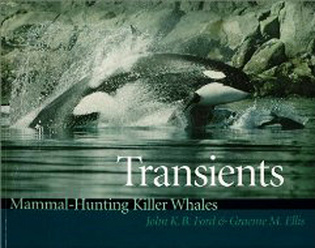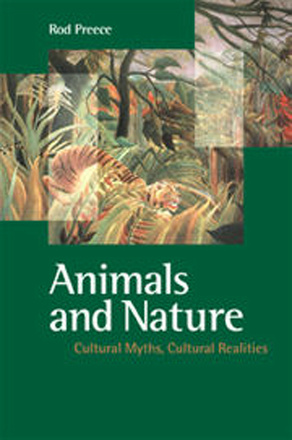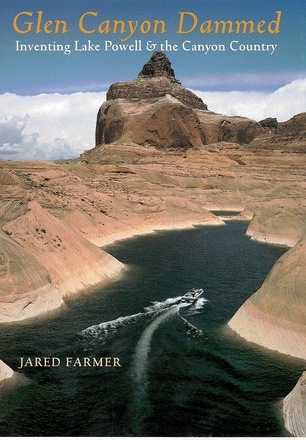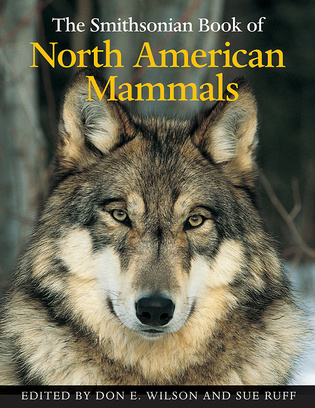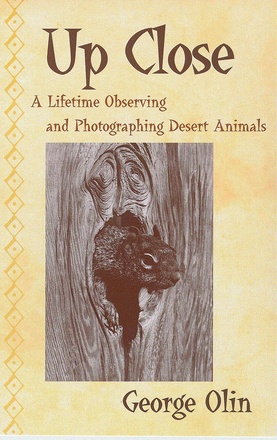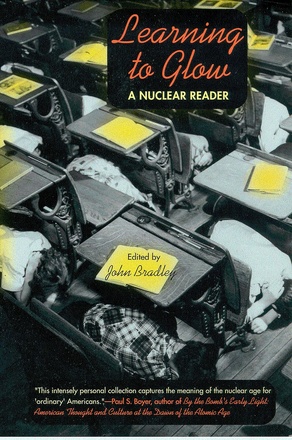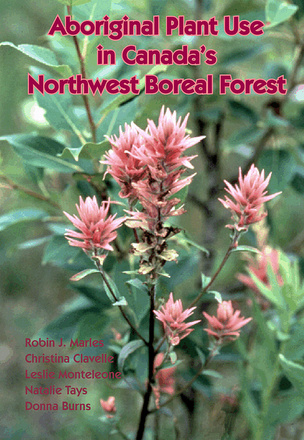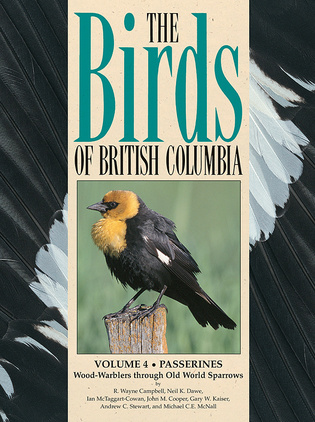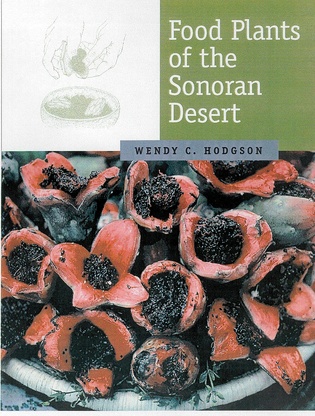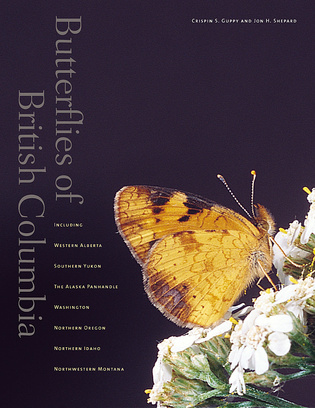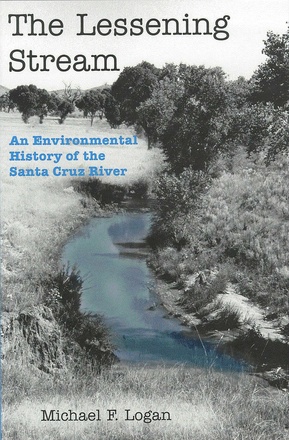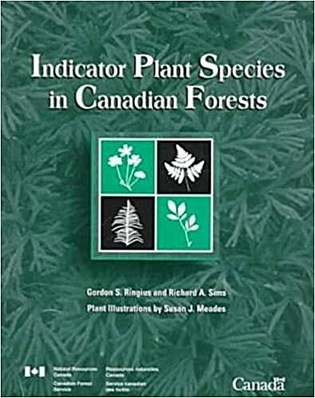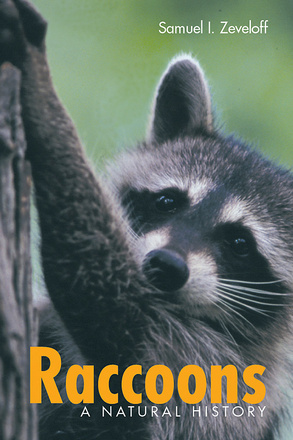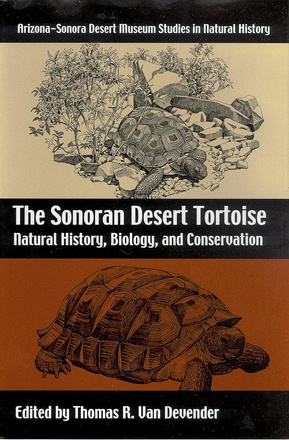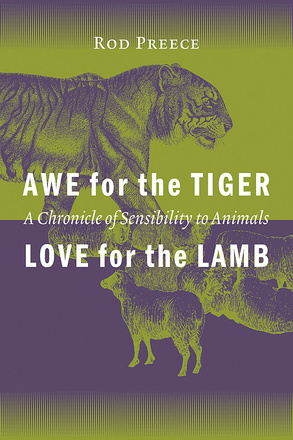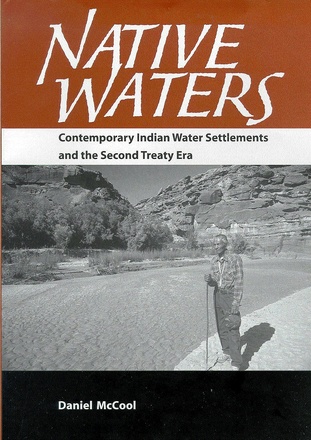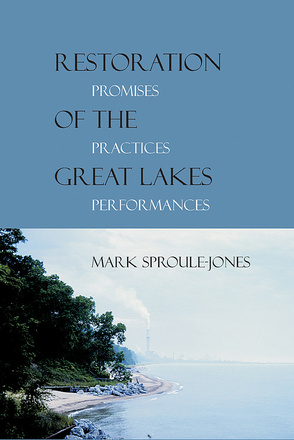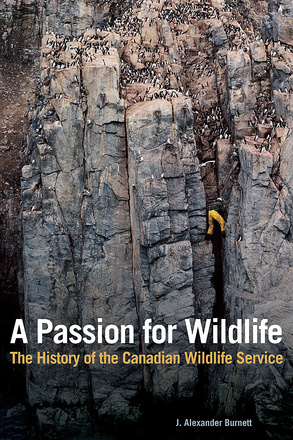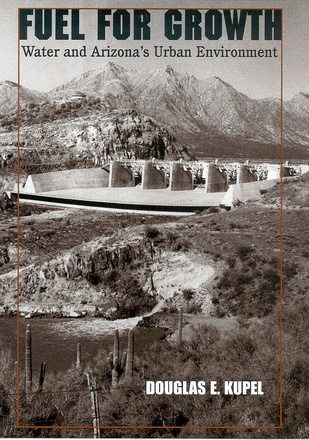Transients
Mammal-Hunting Killer Whales of B.C., Washington State, and Southeast Alaska
This book focuses on the enigmatic and exciting mammal-hunting killer whales and contains the latest information on the natural history of transient killer whales and how and where to best watch them.
Animals and Nature
Cultural Myths, Cultural Realities
“No one tradition alone offers a sufficient respect for other species. Taken together, they may offer a prospect for saner human-animal relations.”
Glen Canyon Dammed
Growth is a major issue in the contemporary American West, especially as more and more towns and states turn to tourism to spark their economies. But growth has a flip sidelossabout which we seldom think until something is irrevocably gone.
Where once was Glen Canyon, with its maze of side-canyons leading to the Colorado River, now is Lake Powell, second largest reservoir in America, attracting some three million visitors a year. Many who come here think they have found paradise, and for good reason: it's beautiful. However, the loss of Glen Canyon was monumentalto many, a notorious event that remains unresolved.
Focusing on the saddening, maddening example of Glen Canyon, Jared Farmer traces the history of exploration and development in the Four Corners region, discusses the role of tourism in changing the face of the West, and shows how the "invention" of Lake Powell has served multiple needs. He also seeks to identify the point at which change becomes loss: How do people deal with losing places they love? How are we to remember or restore lost places? By presenting Glen Canyon as a historical case study in exploitation, Farmer offers a cautionary tale for the future of this spectacular region. In assessing the necessity and impact of tourism, he questions whether merely visiting such places is really good for people's relationships with each other and with the land, suggesting a new ethic whereby westerners learn to value what remains of their environment.
Glen Canyon Dammed was written so that the canyon country's perennial visitors might better understand the history of the region, its legacy of change, and their complicity in both. A sobering book that recalls lost beauty, it also speaks eloquently for the beauty that may still be saved.
Up Close
George Olin has gained a wide reputation as a keen observer of nature. In books such as Mammals of the Southwestern Deserts and House in the Sun, his writing and photography have enchanted those who want to know more about the desert and its animalseven people who already live there.
In this charming memoir, Olin combines personal and natural history to recount his long fascination with animals. In addition to painting a vivid picture of his nomadic life, he describes the ingenious methods he devised to observe desert creatures and build their trustand the lessons they taught him in return.
Olin takes readers back to 1951, when he and his wife, Irene, were hired as fire lookouts in Arizona's Huachuca Mountains. There, where golden eagles soared and rock squirrels scampered, they befriended a wide variety of animals, from skunks to coatis, and knew they had found satisfaction. The following year they participated in the founding of the Arizona-Sonora Desert Museum in Tucson and were in on its construction from the ground up. As a ranger and later the park naturalist at Saguaro National Monument, Olin became acquainted with more of the desert's creatures, sharpened his photographic skills, and even studied pollination of saguaro cactus by bats and other creatures.
Following eight years spent working for the Park Service in the East, the Olins returned to their beloved desert as retirees. There George embarked upon a night photography project, following foxes, skunks, raccoons, and ringtail cats on their nocturnal rounds, and later extending his study to kit foxes and kangaroo rats. Up Close contains a wealth of information about what he learned on those outings, and his engaging tales of personal encounters with these and other denizens of the desert will make even Gila monsters, wood rats, and scorpions seem less threatening for readers who flinch at the very thought of them.
Up Close is a warm and enjoyable book, chock full of Olin's charming photographs, that makes the desert and its creatures come alive. It will delight all who love the Southwest and instill a sense of wonder in anyone fascinated by the natural world.
Learning to Glow
Atomic energy is not only invisible, it has been cloaked in secrecy by government, industry, and the military. Yet for many Americans the effects of radiation have been less than secret. Just ask the radium workers in Ottawa, Illinois, the "downwinders" of Utah, or unsuspecting veterans of the Gulf War.
When told from the perspective of ordinary people, nuclear history takes on a much different tone from that of the tranquil voices of authority who always told us we had nothing to fear. In Learning to Glow, twenty-four essays testify to many of the unsuspected human and environmental costs of atomic science. They show that Americans have paid a terrible price for supposedly "winning" the Cold War--for although the nuclear nightmare may be over, we are still living with nuclear threats every day.
Writers such as Scott Russell Sanders, Terry Tempest Williams, and Barbara Kingsolver reveal the psychic and emotional fallout of the Cold War and of subsequent developments in nuclear science. The essays include personal testimonies of what it was like to grow up with family members in nuclear-related jobs; hard-hitting journalism on the health and environmental costs of our nuclear policies and practices; and poignant stories of coming to terms with nuclear power, including contributions by writers who revisit Hiroshima in an attempt to heal the wounds left by the Bomb.
These essays offer an alternative to the official version of nuclear history as told to us by school textbooks, government authorities, and nuclear industry officials. They are stories of and by ordinary people who have suffered the consequences of the decisions made by those in power-stories that have been largely ignored, dismissed, or suppressed. They will challenge readers to re-examine their preconceptions about the way we deal with issues of nuclear arms and radioactive waste because they show that nuclear history does not belong to experts but to us all.
Contributors:
Marilou Awiakta
John Bradley
Jim Carrier
Alison Hawthorne Deming
Mary Dickson
Edward Dougherty
Ray Gonzalez
Karl Grossman
Sonya Huber
Barbara Kingsolver
Valerie Kuletz
Mary Laufer
Kay Mack
Craig McGrath
Bill Mesler
Richard H. Minear
Randy Morris
Mayumi Oda
Catherine Quigg
Richard Rawles
Kenneth Robbins
Scott Russell Sanders
David Seaborg
Terry Tempest Williams
Bill Witherup
Phil Woods
Aboriginal Plant Use in Canada's Northwest Boreal Forest
This is a handbook of more than 200 traditional plants and their usage among First Nations people in Canada's northwest boreal forest (northern Manitoba, Saskatchewan, and Alberta).
Birds of British Columbia, Volume 4
Wood Warblers through Old World Sparrows
The culmination of more than 25 years of effort, this much-awaited final volume of The Birds of British Columbia completes what some have called one of the most important regional ornithological works in North America.
Food Plants of the Sonoran Desert
The seemingly inhospitable Sonoran Desert has provided sustenance to indigenous peoples for centuries. Although it is to all appearances a land bereft of useful plants, fully one-fifth of the desert's flora are edible. This volume presents information on nearly 540 edible plants used by people of more than fifty traditional ...
Butterflies of British Columbia
Including Western Alberta, Southern Yukon, the Alaska Panhandle, Washington, Northern Oregon, Northern Idaho, and Northwestern Montana
The butterfly fauna of British Columbia is by far the largest and most diverse in Canada. With the publication of this volume, there is finally a comprehensive, single source that summarizes all available information on butterflies in the British Columbia and adjacent areas.
The Lessening Stream
Newcomers to Tucson know the Santa Cruz River as a dry bed that can become a rampaging flood after heavy rains. Yet until the late nineteenth century, the Santa Cruz was an active watercourse that served the region's agricultural needsuntil a burgeoning industrial society began to tap the river's underground flow.
The Lessening Stream reviews the changing human use of the Santa Cruz River and its aquifer from the earliest human presence in the valley to today. Michael Logan examines the social, cultural, and political history of the Santa Cruz Valley while interpreting the implications of various cultures' impacts on the river and speculating about the future of water in the region.
Logan traces river history through three erasarchaic, modern, and postmodernto capture the human history of the river from early Native American farmers through Spanish missionaries to Anglo settlers. He shows how humans first diverted its surface flow, then learned to pump its aquifer, and today fail to fully understand the river's place in the urban environment.
By telling the story of the meandering riverfrom its origin in southern Arizona through Mexico and the Tucson Basin to its terminus in farmland near PhoenixLogan links developments throughout the river valley so that a more complete picture of the river's history emerges. He also contemplates the future of the Santa Cruz by confronting the serious problems posed by groundwater pumping in Tucson and addressing the effects of the Central Arizona Project on the river valley.
Skillfully interweaving history with hydrology, geology, archaeology, and anthropology, The Lessening Stream makes an important contribution to the environmental history of southern Arizona. It reminds us that, because water will always be the focus for human activity in the desert, we desperately need a more complete understanding of its place in our lives.
The Sonoran Desert Tortoise
One of the most recognizable animals of the Southwest, the desert tortoise (Gopherus agassizii) makes its home in both the Sonoran and Mohave Deserts, as well as in tropical areas to the south in Mexico. Called by Tohono O'odham people "komik'c-ed," or "shell with living thing inside," it is one of the few desert creatures kept as a domestic petas well as one of the most studied reptiles in the world.
Most of our knowledge of desert tortoises comes from studies of Mohave Desert populations in California and Nevada. However, the ecology, physiology, and behavior of these northern populations are quite different from those of their southern, Sonoran Desert, and tropical cousins, which have been studied much less. Differences in climate and habitat have shaped the evolution of three races of desert tortoises as they have adapted to changes in heat, rainfall, and sources of food and shelter as the deserts developed in the last ten million years.
This book presents the first comprehensive summary of the natural history, biology, and conservation of the Sonoran and Sinaloan desert tortoises, reviewing the current state of knowledge of these creatures with appropriate comparisons to Mohave tortoises. It condenses a vast amount of information on population ecology, activity, and behavior based on decades of studying tortoise populations in Arizona and Sonora, Mexico, and also includes important material on the care and protection of tortoises.
Thirty-two contributors address such topics as tortoise fossil records, DNA analysis, and the mystery of secretive hatchlings and juveniles. Tortoise health is discussed in chapters on the care of captives, and original data are presented on the diets of wild and captive tortoises, the nutrient content of plant foods, and blood parameters of healthy tortoises. Coverage of conservation issues includes husbandry methods for captive tortoises, an overview of protective measures, and an evaluation of threats to tortoises from introduced grass and wildfires. A final chapter on cultural knowledge presents stories and songs from indigenous peoples and explores their understanding of tortoises.
As the only comprehensive book on the desert tortoise, this volume gathers a vast amount of information for scientists, veterinarians, and resource managers while also remaining useful to general readers who keep desert tortoises as backyard pets. It will stand as an enduring reference on this endearing creature for years to come.
Awe for the Tiger, Love for the Lamb
A Chronicle of Sensibility to Animals
This impressive compedium of writings, speaches, and other expression shows that respect for animals has always been part of human thought.
Native Waters
Since the beginning of the reservation era, the bitter conflict between Indians and non-Indians over water rights was largely confined to the courtroom. But in the 1980s the federal government began to emphasize negotiated settlements over lawsuits, and the settlements are changing water rights in fundamental waysnot only for tribes but also for non-Indian communities that share scarce water resources with Indians.
In Native Waters, Daniel McCool describes the dramatic impact these settlements are having both on Indian country and on the American West as a whole. Viewing the settlements as a second treaty era, he considers whether they will guarantee the water future of reservationsor, like treaties of old, will require tribes to surrender vast resources in order to retain a small part of their traditional homelands. As one tribal official observed, "It's like your neighbors have been stealing your horses for many years, and now we have to sit down and decide how many of those horses they get to keep." Unlike technical studies of water policy, McCool's book is a readable account that shows us real people attempting to end real disputes that have been going on for decades. He discusses specific water settlements using a combination of approachesfrom personal testimony to traditional social science methodologyto capture the richness, complexity, and human texture of the water rights conflict. By explaining the processes and outcomes in plain language and grounding his presentation in relevant explanations of Indian culture, he conveys the complexity of the settlements for readers from a wide range of disciplines.
Native Waters illustrates how America is coming to grips with an issue that has long been characterized by injustice and conflict, seeking to enhance our understanding of the settlements in the hope that this understanding will lead to better settlements for all parties. As one of the first assessments of a policy that will have a pervasive impact for centuries to come, it shows that how we resolve Indian water claims tells us a great deal about who we are as a nation and how we confront difficult issues involving race, culture, and the environment.
Restoration of the Great Lakes
Promises, Practices, and Performances
Using original findings from surveys, interviews, and other documents, this volume looks at how various levels of government are attempting to restore the environment in the Great Lakes.
A Passion for Wildlife
The History of the Canadian Wildlife Service
A chronicle of the Canadian Wildlife Service and the evolution of wildlife policy over the first 50 years of this venerable Canadian institution's history.
Fuel for Growth
Cities in the arid West would not be what they are today without water and the technology needed to deliver it to users. The history of water development in Arizona goes hand in hand with the state's economic growth, and Arizona's future is inextricably tied to this scarce resource. Fuel for Growth describes and interprets the history of water resource development and its relationship to urban development in Arizona's three signature cities: Phoenix, Tucson, and Flagstaff. These three urban areas could hardly be more different: a growth-oriented metropolis, an environmentally conscious city with deep cultural roots, and an outdoor-friendly mountain town. Despite these differences, their community leaders and public officials have taken similar approaches to developing water resources with varying degrees of success and acceptance. Douglas Kupel has created a new vision of water history based on the Arizona experience. He challenges many of the traditional assumptions of environmental history by revealing that the West's aridity has had relatively little impact on the development of municipal water infrastructure in these cities. While urban growth in the West is often characterized as the product of an elite group of water leaders, the development of Arizona's cities is shown to reflect the broad aspirations of all their citizens. The book traces water development from the era of private water service to municipal ownership of water utilities and examines the impact of the post-World War II boom and subsequent expansion. Taking in the Salt River Project, the Central Arizona Project, and the Groundwater Management Act of 1980, Kupel explores the ongoing struggle between growth and environmentalism. He advocates public policy measures that can sustain a water future for the state. As the urban West enters a new century of water management, Arizona's progress will increasingly be tied to that of its ever-expanding cities. Fuel for Growth documents an earlier era of urban water use and provides important recommendations for the future path of water development in the West's key population centers.

